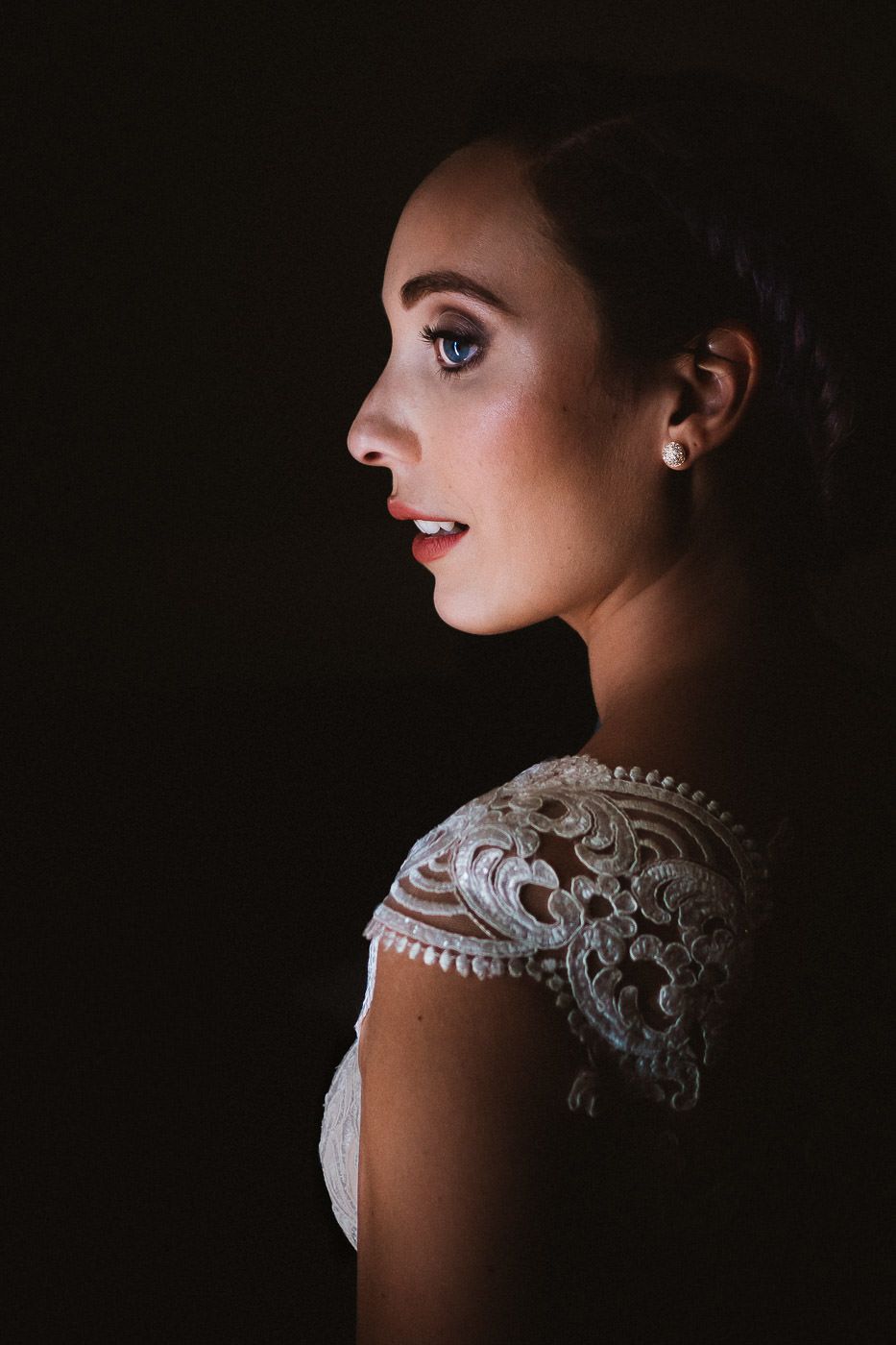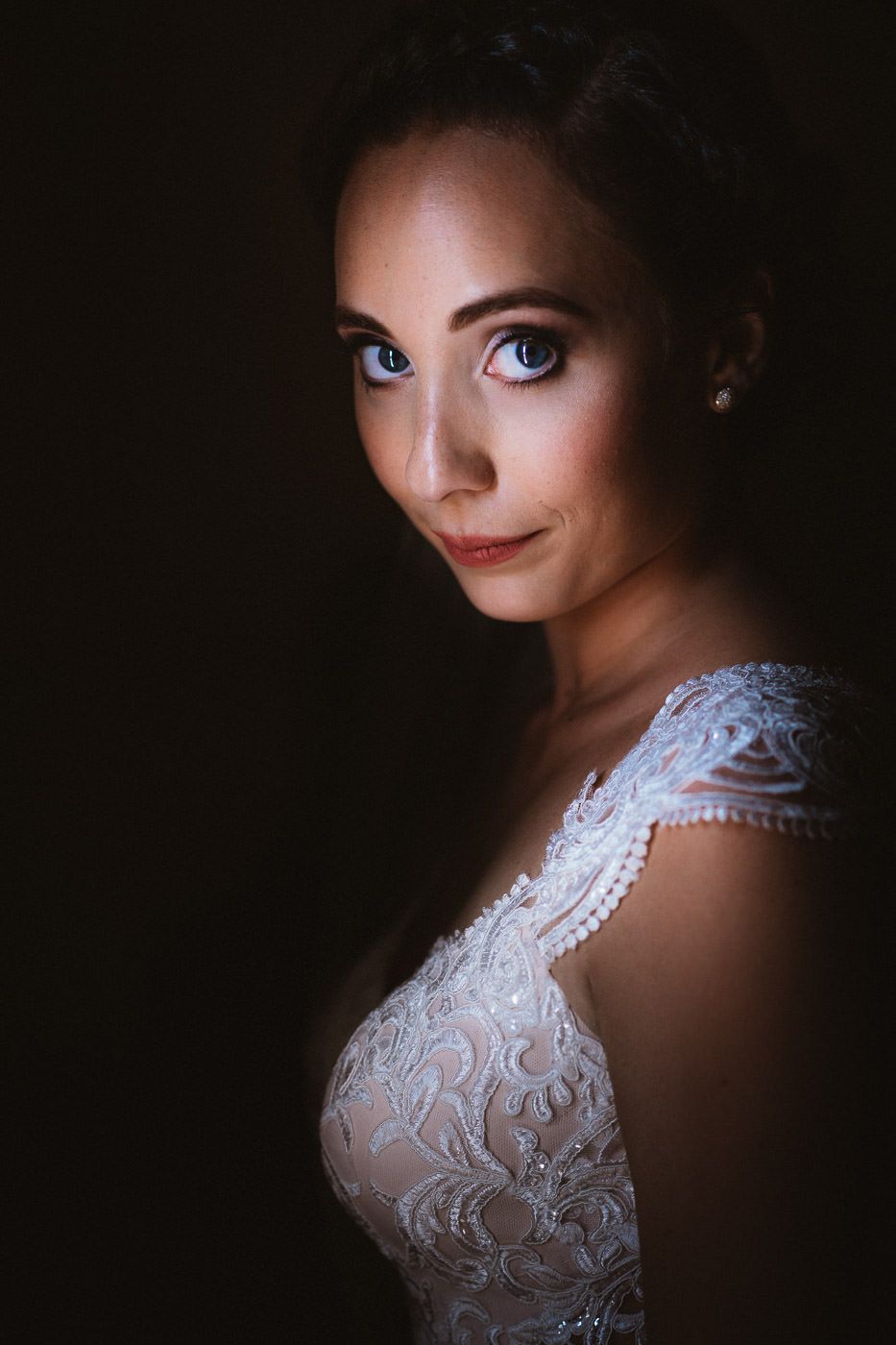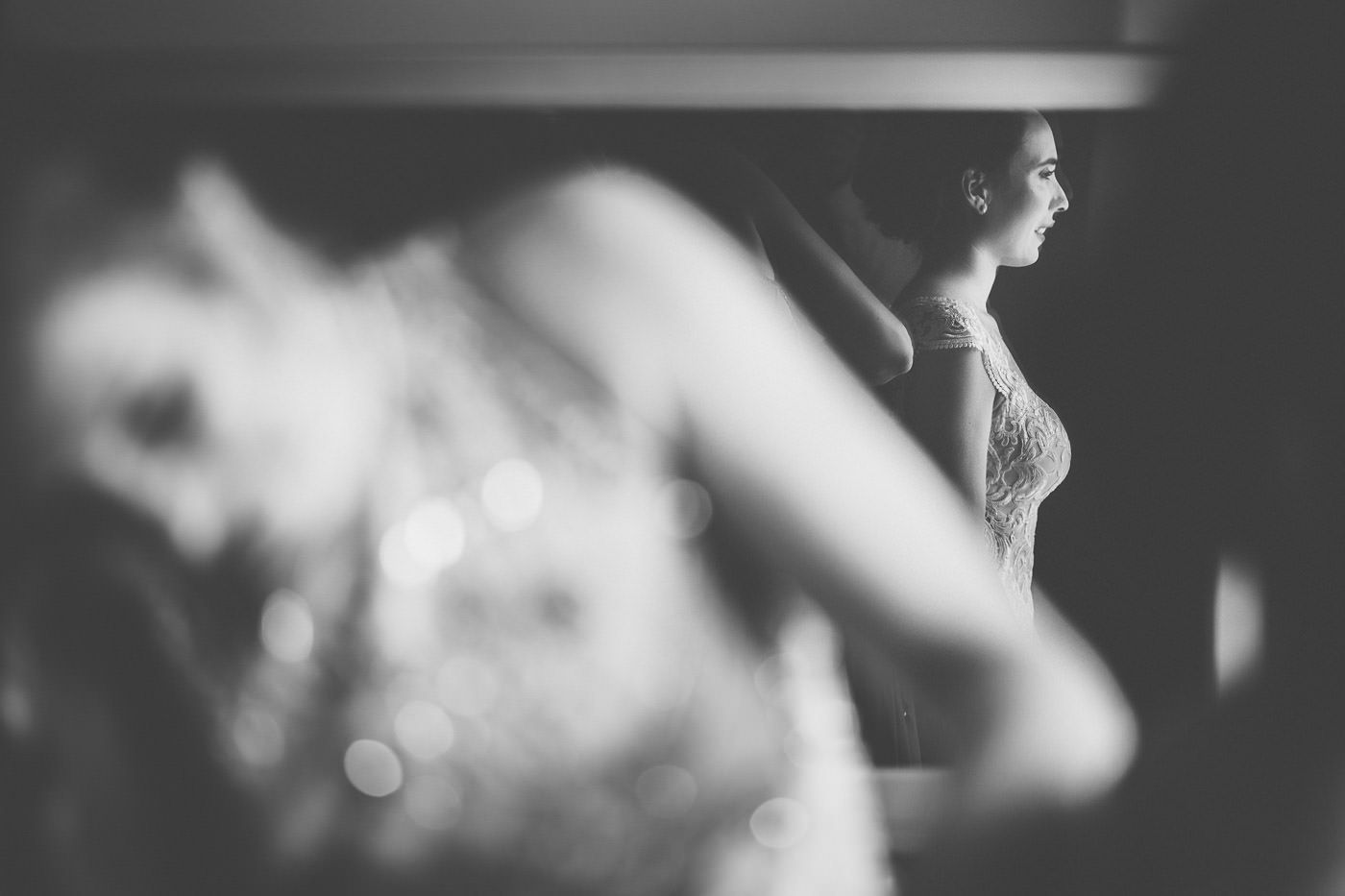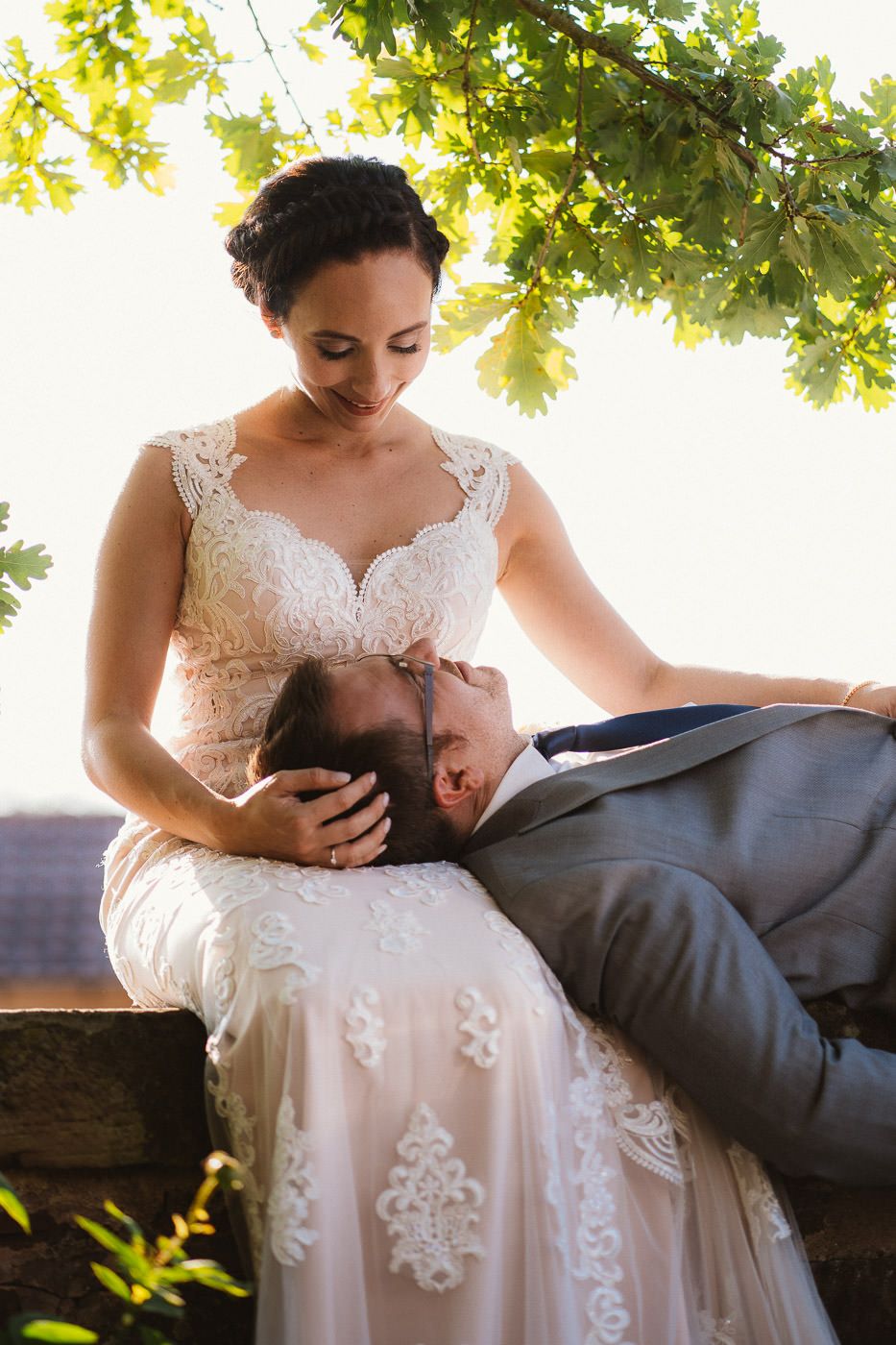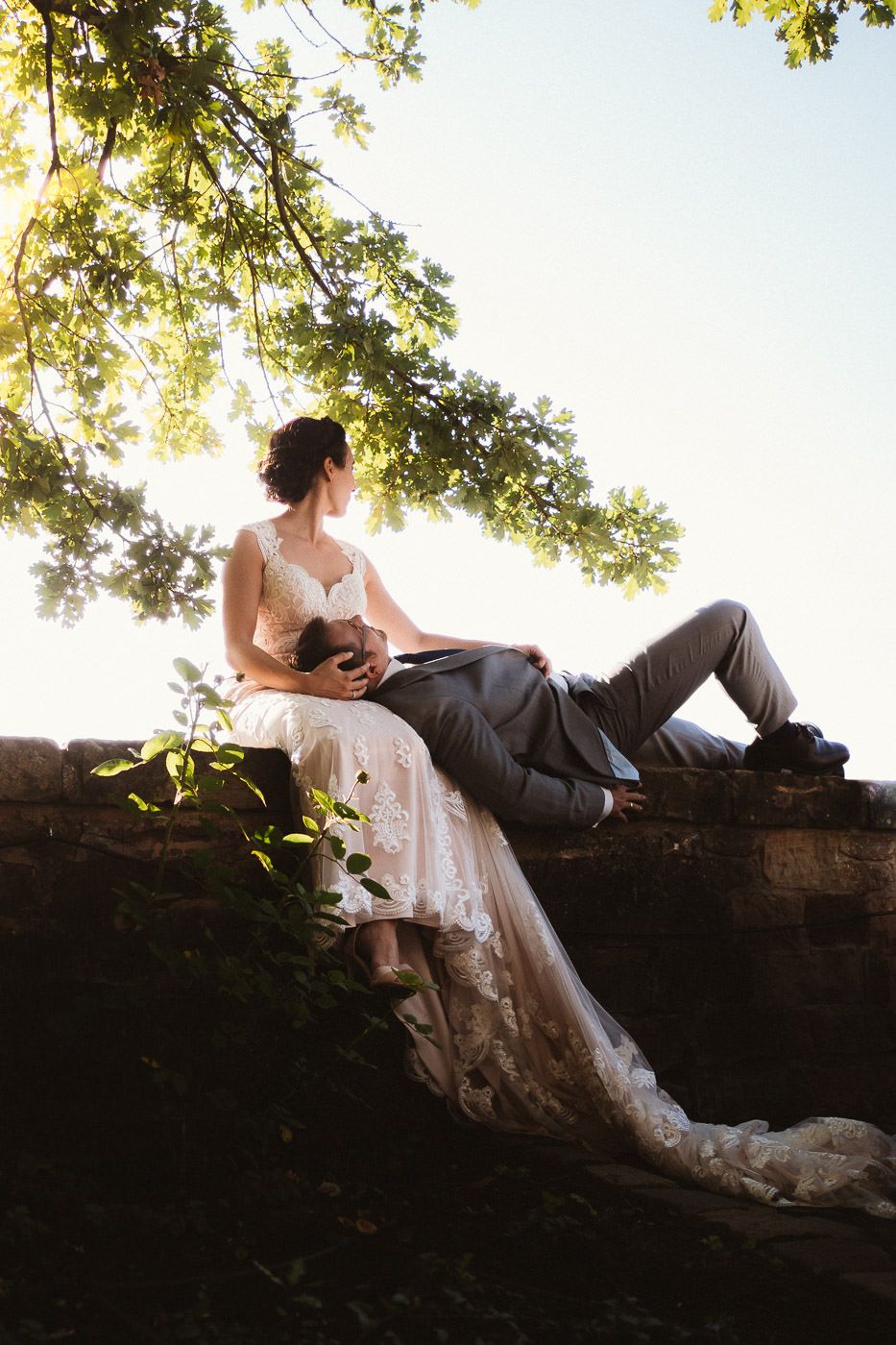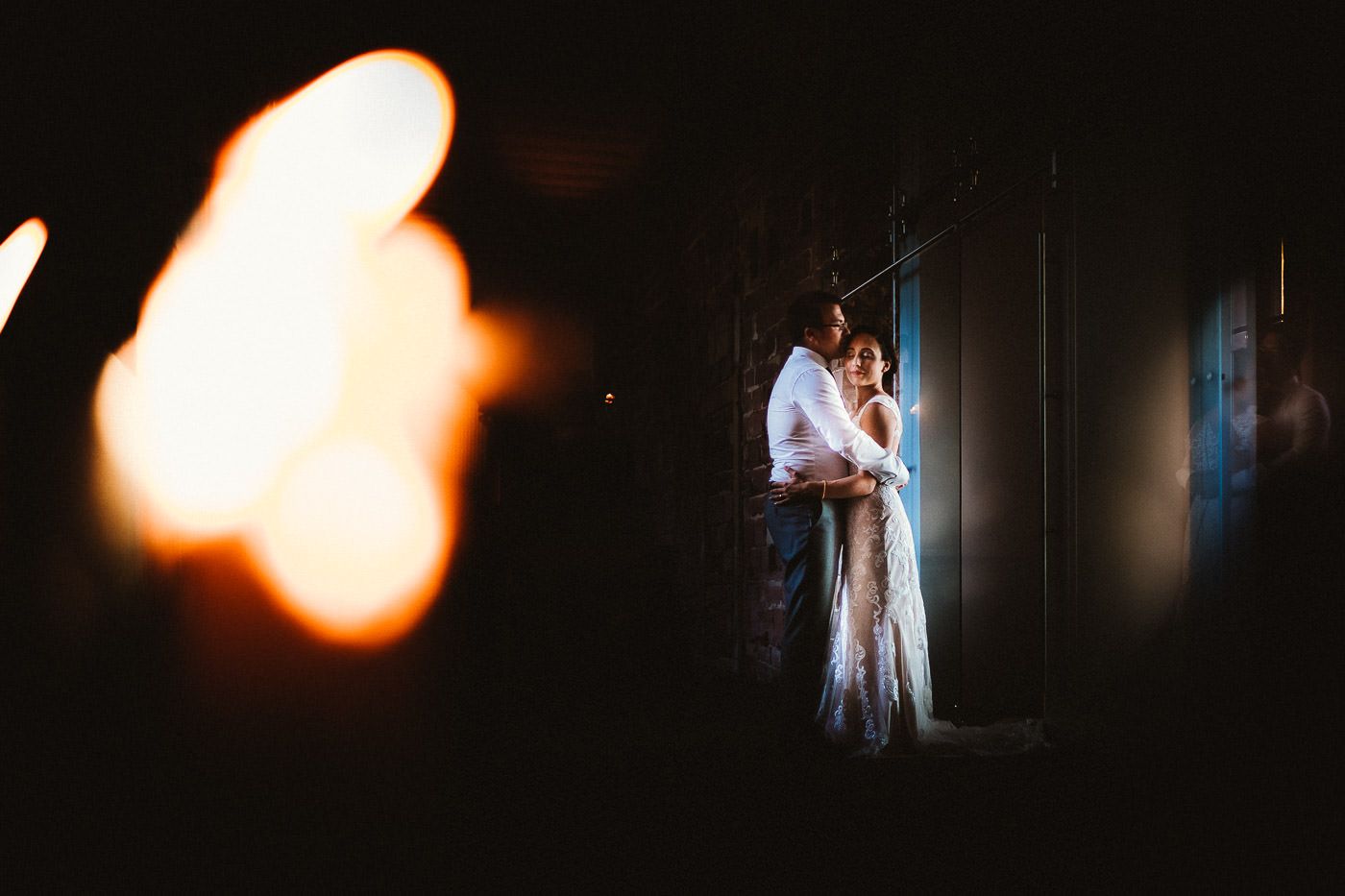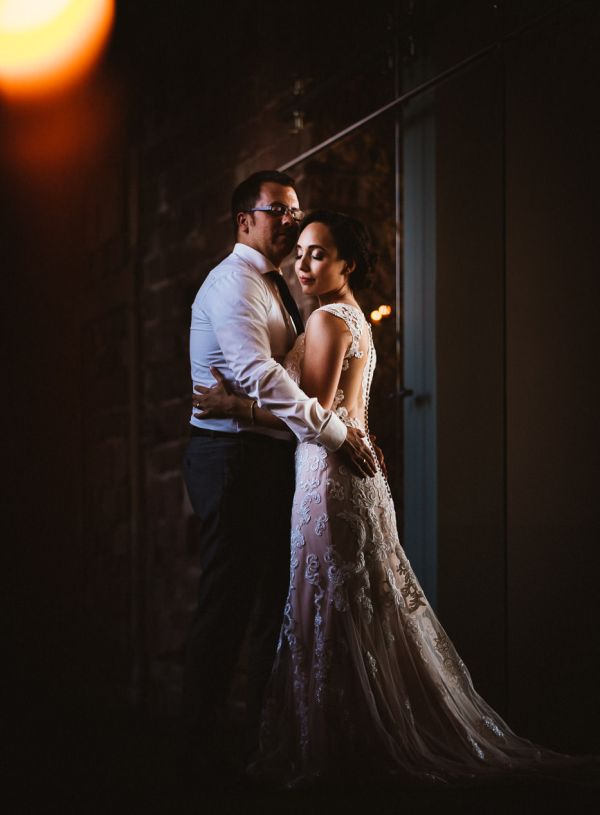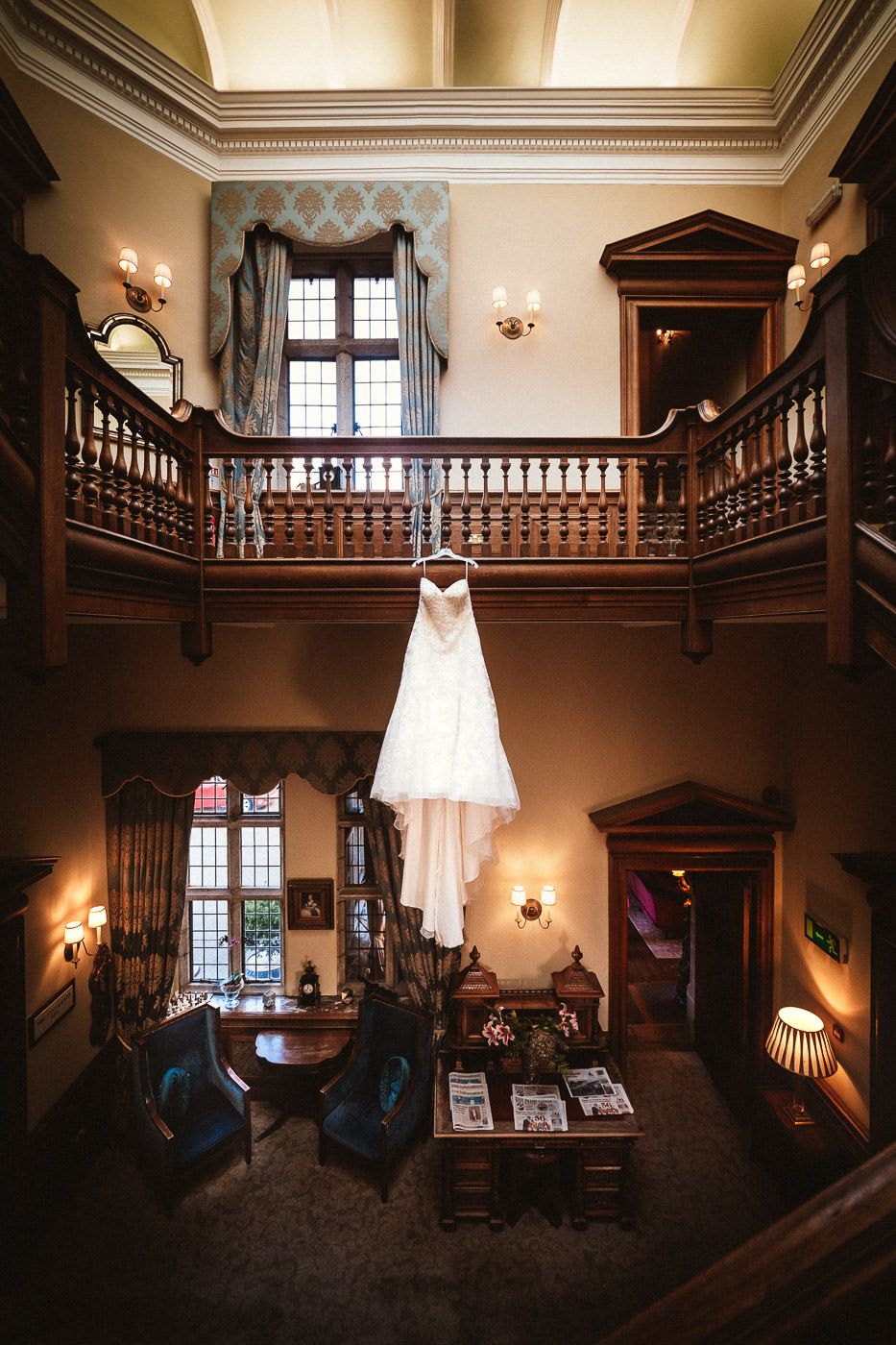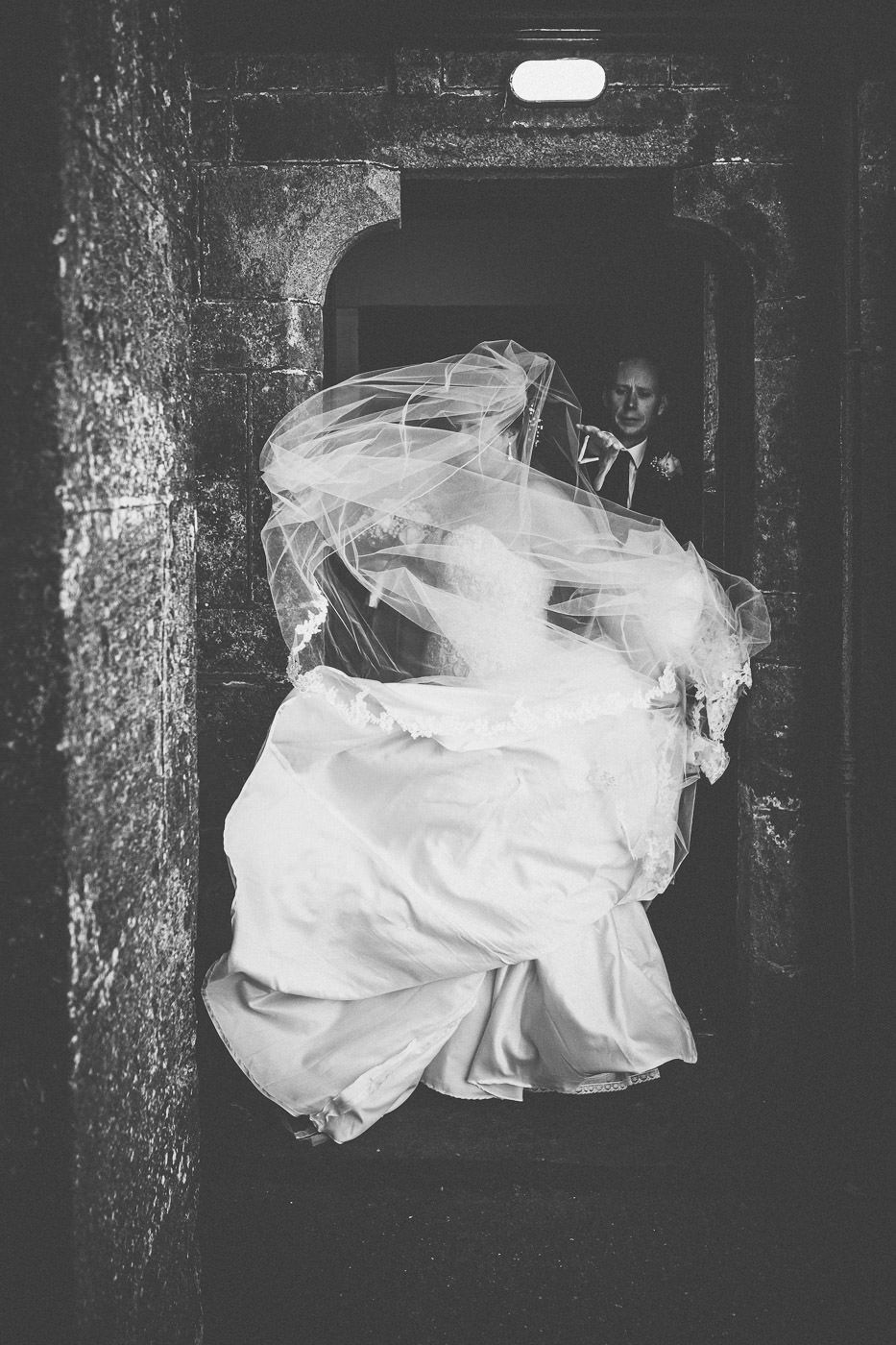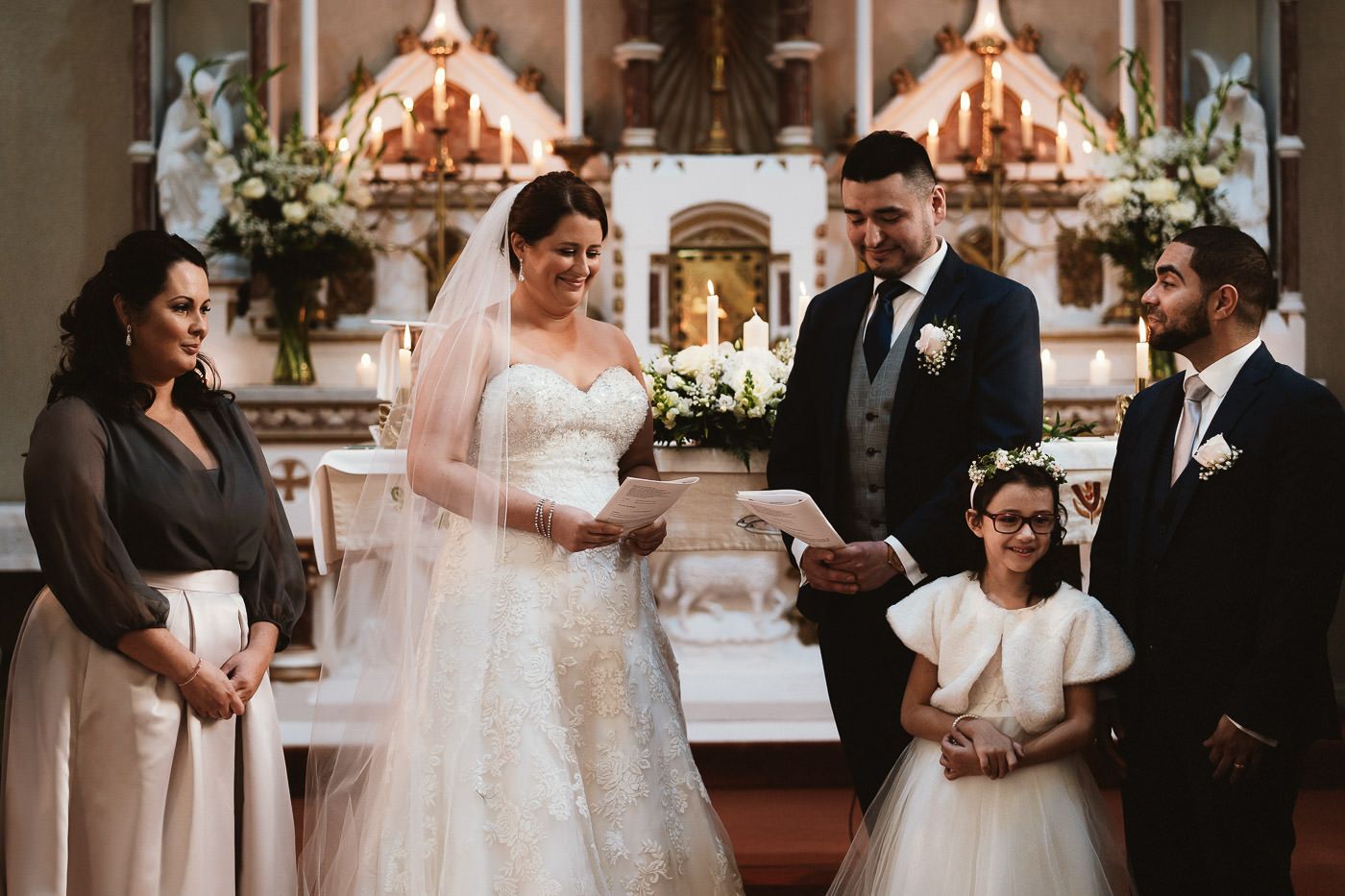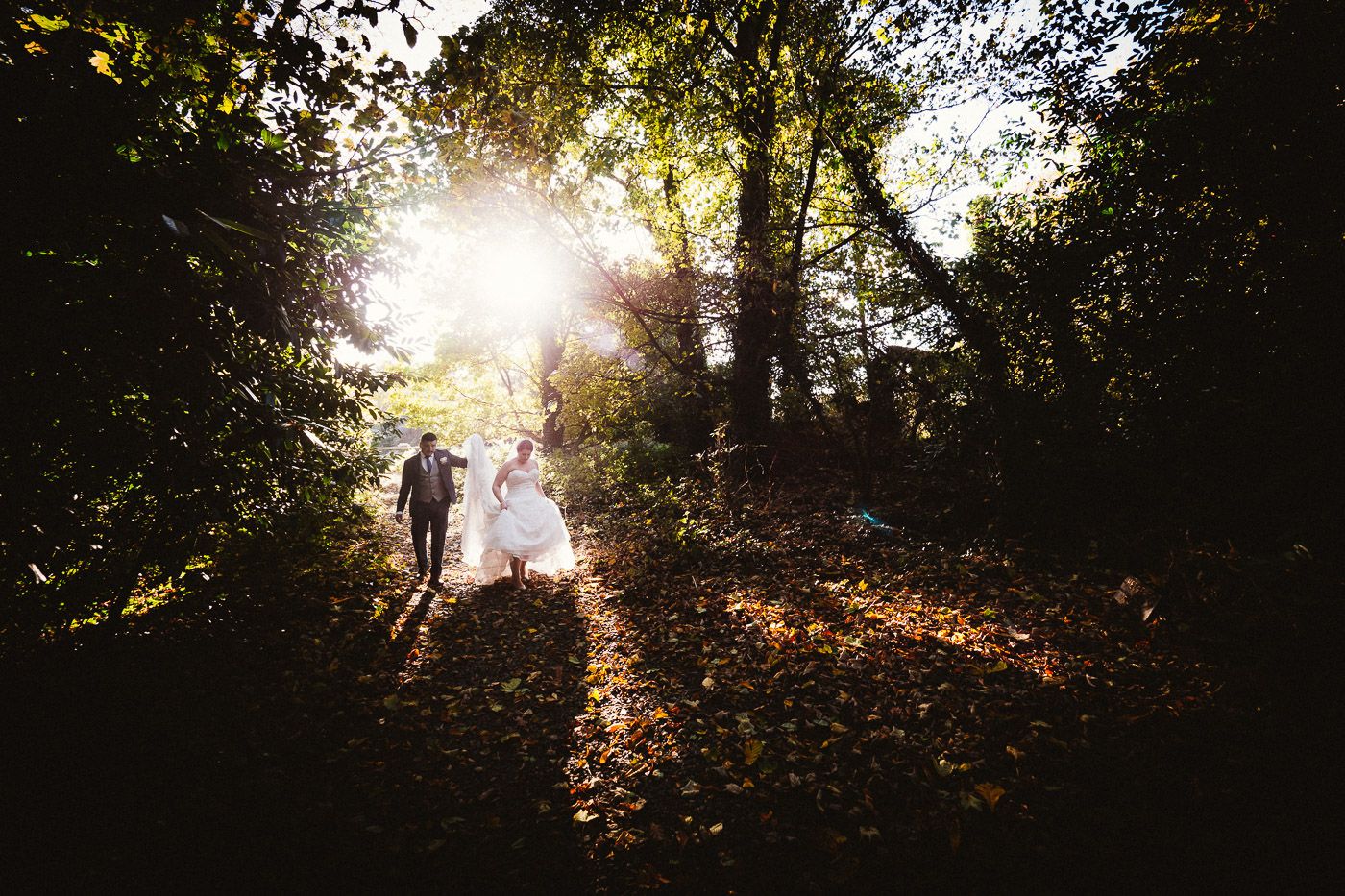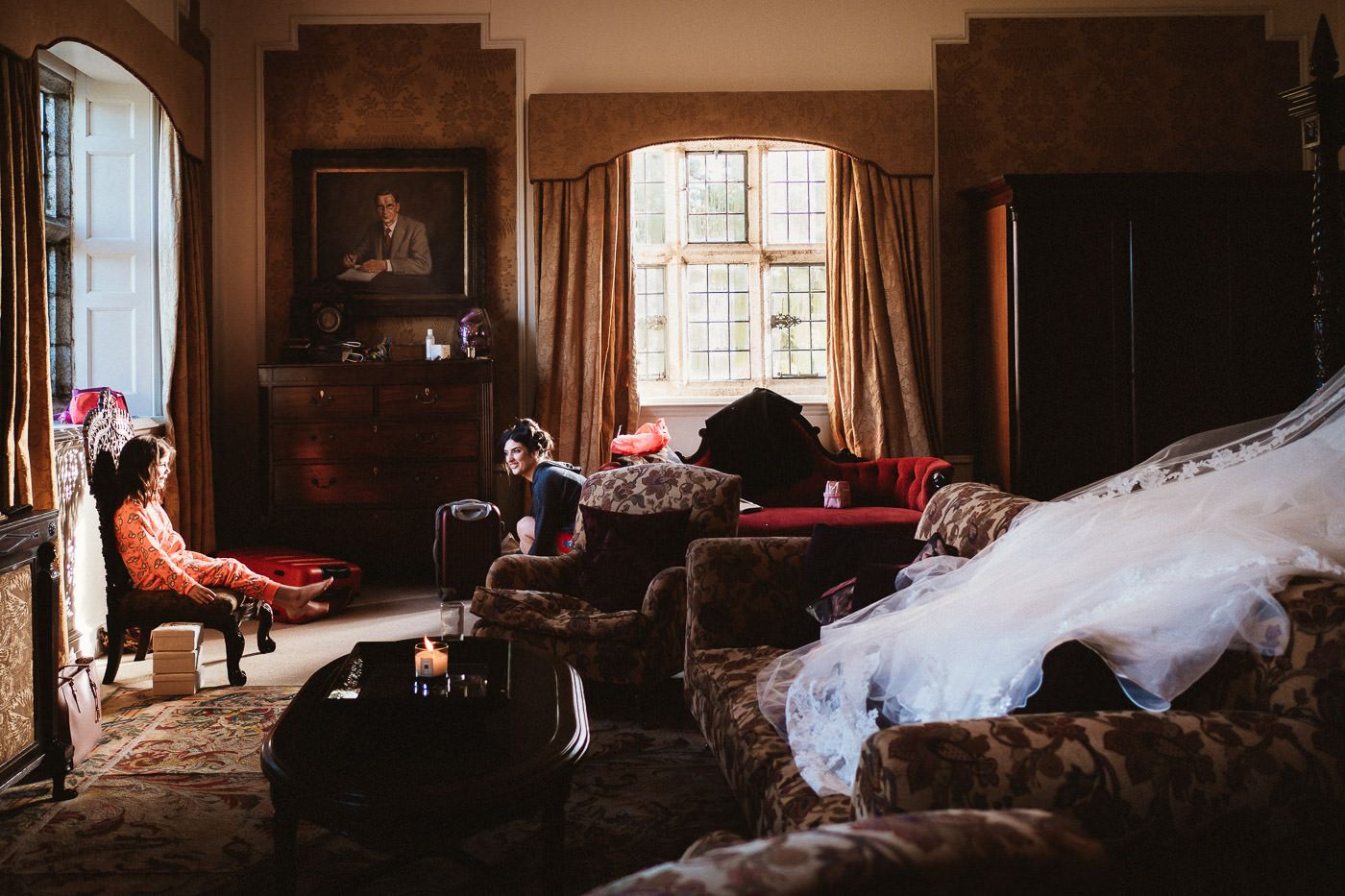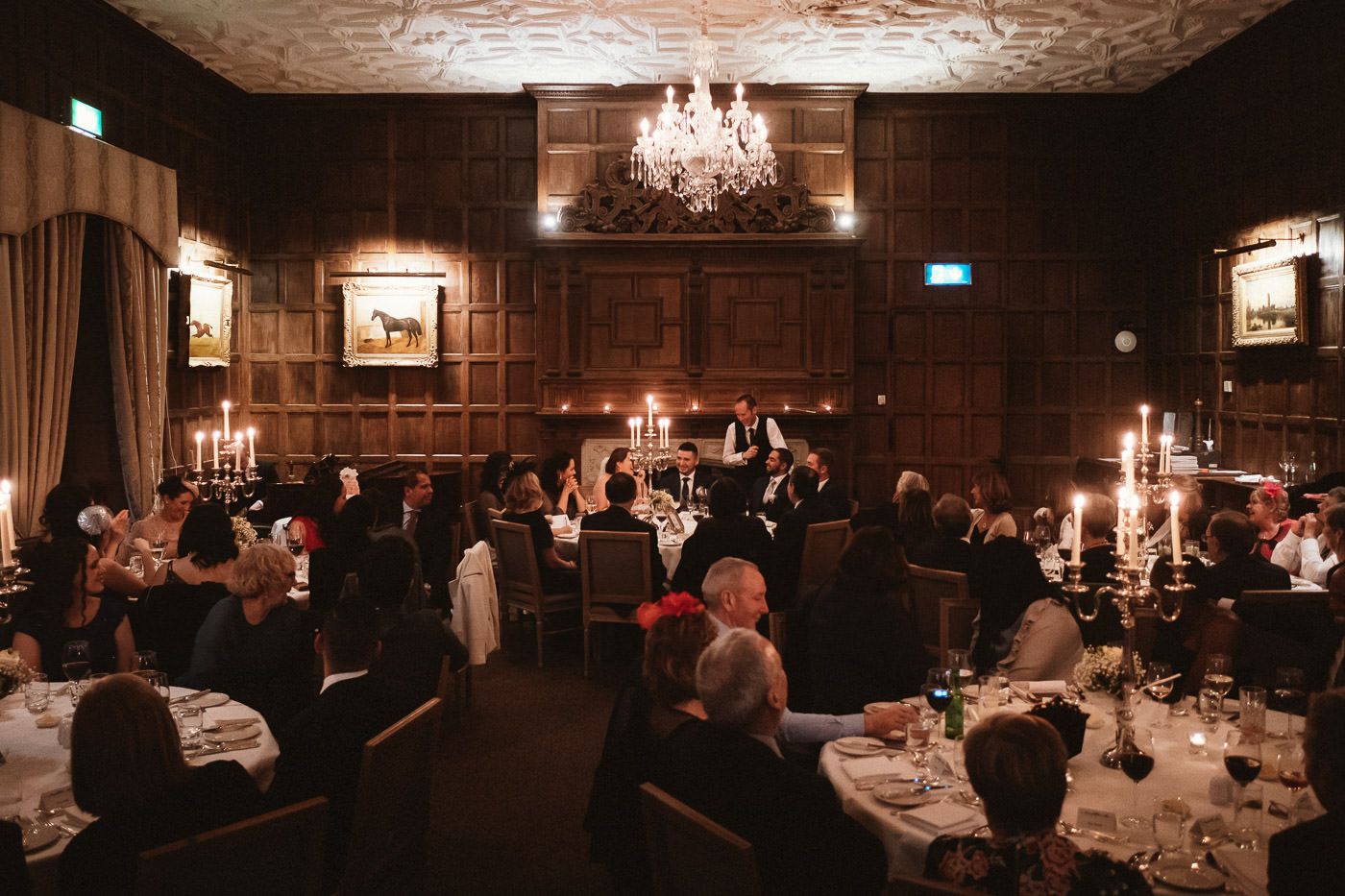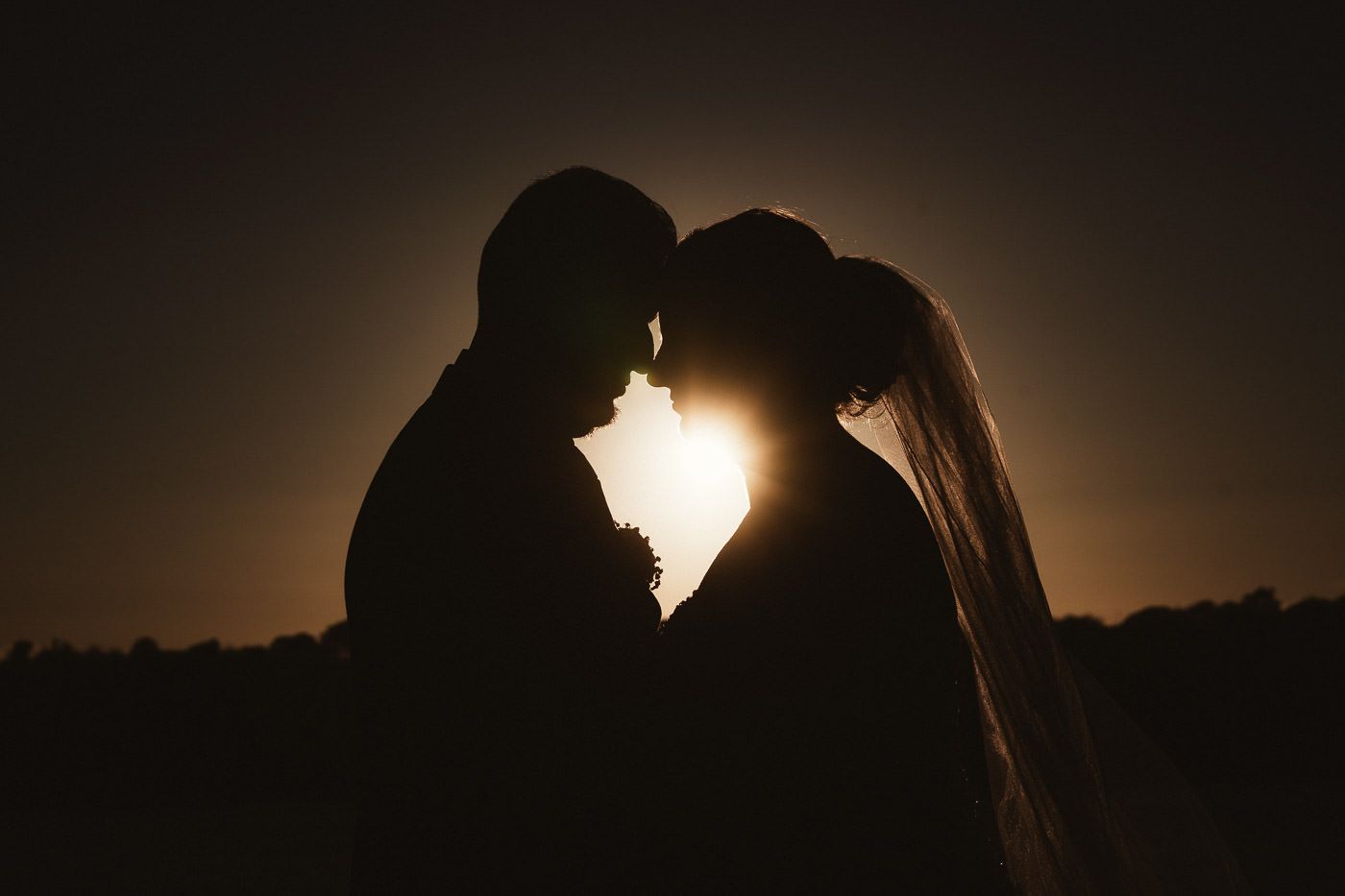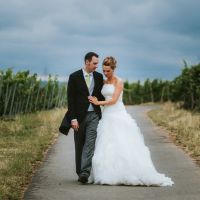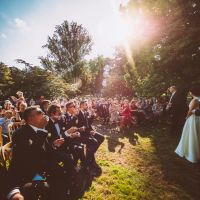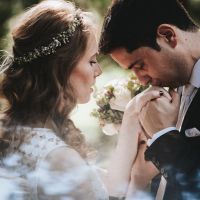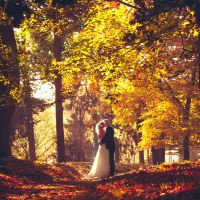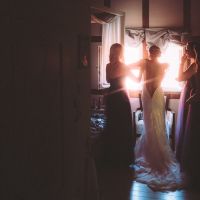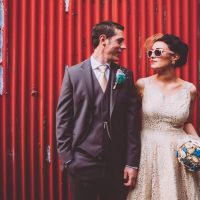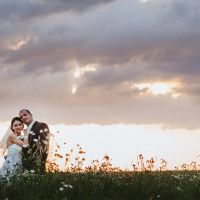An Olympus wedding photographer goes Sony
You will hardly believe what happens then
| Dirk Weber | Tech
Why Sony?
Sony has turned the mirrorless camera market upside down in recent years. It played into Sony's hands that the top dogs Canon and Nikon had no (serious) mirrorless offer and manufacturers with a solid mirrorless portfolio - Fuji, Panasonic and Olympus - were all built around crop sensors “only”. So for a long time Sony was the only company offering full-frame mirrorless cameras. And since one of the popular myths in wedding photography is that you absolutely have to use a full-frame camera for wedding photos, their gear sold like hot cakes.
Okay, I skipped the story that the hot cakes thing took until the 3rd generation of the Sonys. Before that, everything was still pretty normal. But with the A9, Sony brought some kind of game changer. And as it seemed in the relevant forums and Facebook groups, wedding photographers suddenly changed brands in masses.
As wedding photographers are known to be herd animals, that was reason enough in 2018 to buy a Sony for me. I wanted to find out if full format could actually make my life easier. An A7iii with 85mm f1.8 joined the family and was a central part of my 2018 wedding season. Of course, the Sony was not the only workhorse. It teamed up with one of my trusty PEN-Fs - with surprising results.
Long story short
The Sony is a great camera and pretty much does everything right. A lot of things were like I expected. Playing with the shallow depth of fiel on full frame is splendid. Autofocus of the Sony is really fast and the eye AF is very practical. Image quality is great and - as expected - high ISO is much better than on the Oly.

Sony A7iii + SONY SEL85F18 85mm f1.8 ED
So what's the problem then?
I just didn't feel real enthusiasm. In addition, I am now relatively certain that the enthusiasm that many colleagues showed after they had switched was mainly based on the fact that they had not been working with "grown up" mirrorless cameras.
Coming from a classic DSLR, LiveView with fast AF is definitely something new - not to mention silent shutter and the other advantages of mirrorless cameras. That can knock you out. But if you have been working with mirrorless for ages, the "Wow" is somewhat limited.
The Sony is a machine - a picture-taking computer. And what she does she does quite well. But maybe Sony has focused a little too much on perfect technology, forgetting the photographer and the creative process. From my point of view, Sony lacks soul.
For me, the creative process involves a certain challenge. The camera should support it, but not make it too easy for me. Without that challenge, I get lazy and unimaginative. At the end of the day, I may have more technically correct pictures, but that doesn't automatically make them good pictures.
Sony and Olympus side by side on a wedding mission
The two cameras could hardly be more different, but in real life they get along very well.
Perhaps it is because the sensor of the PEN-F dropped out of a Sony factory. Who knows. In any case the look from both cameras is easily combined. Editing in Lightroom can be done with the same presets. And there's more influence from the different lenses than from the cameras.
Unfortunately, I have only one photo where scene, perspective, focal length, etc. largely match. And clever as I am (not) it is from a wedding I don't have the publishing rights. But you can still see the essential point I hope: There's not a lot to see. And that actually sums it up quite well: Under real life conditions, the camera doesn't make a big difference.
Sorry for the unicorns by the way...
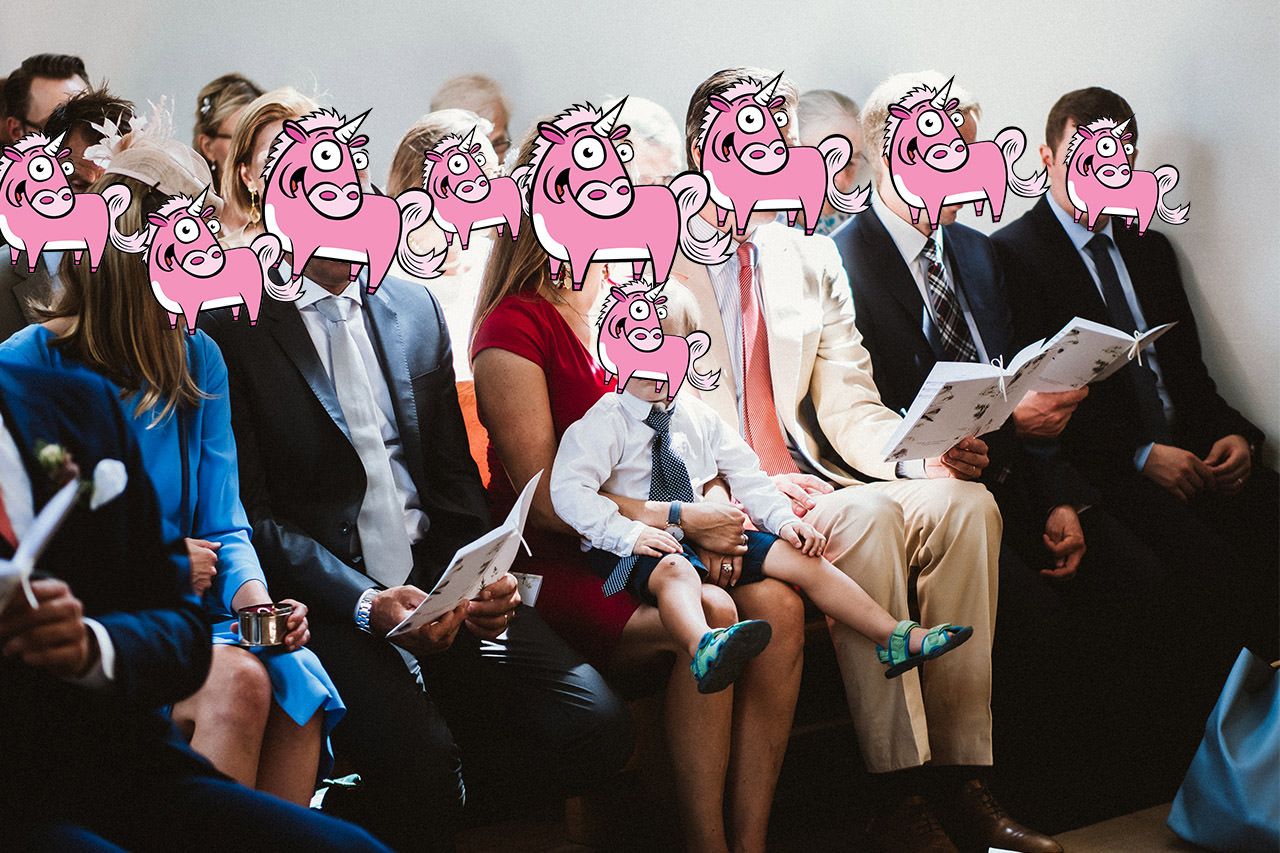

Sony A7iii + 85mm 1.8 @2.0 (left) vs. Olympus PEN-F + 42.5mm 1.2 @1.2 (right)
Using both cameras on the same wedding is no problem.
This particular image was was processed Lightroom, given the look of the wedding and a bit of color correction - not because the look from the cameras would be so different, but rather because both the 85mm f1.8 from Sony and the Nocticron are one have slightly different color rendering.
What you can see: I've focused on different points (the Oly is a bit further than the Sony). That and the larger depth of field (even at f1.2) make the image from the PEN-F appear sharper than that from the A7iii. And of course the Nocticron used is also a very sharp lens. But the images are still very close.
In the end, however, the photo from Sony was included in the selection for the bride and groom. The facial expressions triggered this decision. The pure image quality and the technology were of secondary importance here. So the whole thing could have happened the other way around.
Working with both cameras at the same wedding works like a charm. There are also no significant special features when it comes to editing. And in the end, the pictures of the whole wedding are a beautiful mix of both cameras and can hardly be distinguished. The story always comes first, especially in the wedding scenario.
Where the Sony annoyed me ...
Some things about the Sony were so completely different than expected, seemed ill-conceived or almost ignorant in view of the otherwise technical perfection. I got the impression that Sony engineers themselves don't take photos and certainly have few or no photographer friends.
I do not want to do any Sony bashing here. And some of my points will probably no longer apply with current firmware versions or will be a thing of the past with a successor model. But many of you asked me explicitly what bothered me at the time and made me sell the Sony again. So here it is.
Snail's Pace
Don't get me wrong, the Sony is fast - in almost every discipline. Just not with exposure compensation. Mirrorless and LiveView usually means intuitive spontaneous photography with one finger on the EV wheel. It is awesome that Sony has a third dedicated dial for setting the exposure compensation. That's what I like about the PEN-F too. But in contrast to Olympus, Sony apparently values deceleration.
The following fictional dialogue should show how a typical wedding situation with the Sony feels compared to the PEN-F. Dear Sony users, please don't hate me!
Now just imagine the bride being led into church by her father. The church is relatively dark and daylight shines through the open door behind father and daughter. One turn of the exposure compensation and everything would be fine...
Me: Camera, please make one f-stop brighter.
Sony: Sure man, I'll take care of it.
Look, it's getting brighter already. A little.
Isn't it nice how smooth the brightness increases?
It's really a whole lot brighter now, isn't it?
Almost there.
Just one more moment.
So, heeeeeere we are!
PEN-F: Whoosh, done.
(And the PEN really isn't a rocket.)
Yes, I understand that changing exposure as smooth as possible is great for video. But what reason in the world is there to use the same behaviour for photos as well? By the time the preview looks fine, the exposure situation has already changed three times. Under these circumstances there's not only no fun in using Live View, but - sorry - it also doesn't make any sense at all. How the hell do colleagues work with that and can even be excited about it?
Creaking and cracking
The camera had a price point of over 2000 euros at the time. I would have expected that it was built like a tank und not that it felt like plastic (as it does) and that it creaked and cracked if you gripped the handle too tightly. Other manufacturers do that better. A Z6 feels much more solid and grown up for the same money.
#Slotgate v2
It was often criticized that the mirrorless cameras from Canon and Nikon do not have a second card slot. The hashtag #slotgate was all over the web and anyone who was working with one card slot only was considered irresponsible. There are so many ways to lose your image data though that the card in the camera represents one of the lowest risks at all. But that's not the topic here. I have never lost pictures. But I've already missed moments. BECAUSE of the second card slot. Sounds absurd? It is!
With Sony you have to be careful that also the second card is regularely deleted. Should you forget about that and get caught in the action with a full second card, the camera will stop working without further ado. Why doesn't it simply point out that card 2 is full and keep on going with card 1? It doesn't. The camera just refuses to trigger.
And even if you remove card 2, the Sony still isn't happy. You only have the choice of either freeing up space on the card or switch to using 1 card only somewhere deep in the menu.
Bad luck if that's happening when you should actually be ready to take photos - e.g. when your couple is exchanging rings or doing something that usually needs to be photographed.
Rumor has it that some colleagues have already put the deactivation of the second slot to one of the function keys - not that they couldn't be used for something nicer.
No exposure compensation when the shutter is half pressed
I know it from my Olympus world so that if I half-press the shutter, the camera will focus obediently and keep the focus locked and I still can change the exposure if necessary. Well, the Sony doesn't like that at all. You turn the wheel, but nothing happens - and that with a dedicated EV wheel.
There are workarounds of course. I could use the back button focus for example (that's supposed to work), but I don't like it. But Sony wouldn't be Sony if you couldn't configure something else: Move the exposure compensation from the EV dial to the second dial. This of course “wastes” one of the configurable dials as the EV dial cannot be reconfigured. Well, it works. So far, no one has been able to explain to me why it works this way, but not with the dial that's originally supposed to do this job.
Now you just have to be careful not to accidentally turn on the EV wheel (e.g. if the camera is dangling from the belt). You need to know, you have two EV dials now as the EV wheel cannot be deactivated. If it is accidentally adjusted, you can diligently turn the EV adjustment wheel (newly configured as such), but nothing happens because the EV wheel always has priority. No real drama, but really annoying.
This list could go on and on for a long time
For example, I could talk about the confusing menu, which looks like wildly thrown together. It seems as if Sony started a new page whenever a screen was full and ignored any useful grouping. The joke: Olympus is actually famous for having an unstructured menu. And still the Olympus menu looks neat and tidy in comparison. Well, you can get used to that too.
I also don't understand why Sony embeds so incredibly small and highly compressed JPGs in their RAW files. Their small size makes the usual culling process in Photomechanic (used by many wedding photographers) unnecessary hard - namely when the 100% view does not even fill half of your 4k screen and checking the focus becomes a guessing game. Fortunately, the AF on the Sony is good. The heavy compression on the other hand is at the expense of dynamic range. That's already disturbing while reviewing your shots in camera. Areas will look like blown highlights while being perfectly okay in reality - annyong especially in studio photography. Both problems can of course be solved in practice by photographing RAW + JPG. But that's not particularly convenient.
Is that carelessness? A lack of love for the details? Ignorance? Or just not well thought?
Whining at a high level? Naturally!
None of that makes the Sony a disaster. It remains a fantastic camera that definitely does a lot more right than wrong. But the photographer and camera have to go together. And even if the Sony may be the right camera for many photographers, our paths have diverged.
The bottom line is that the camera is not the decisive factor in wedding photography - it's more important what you do with it. ;)
Tip:
If you want to know which technology I am using, then this blog article will tell you which cameras and lenses I use at weddings and why.




